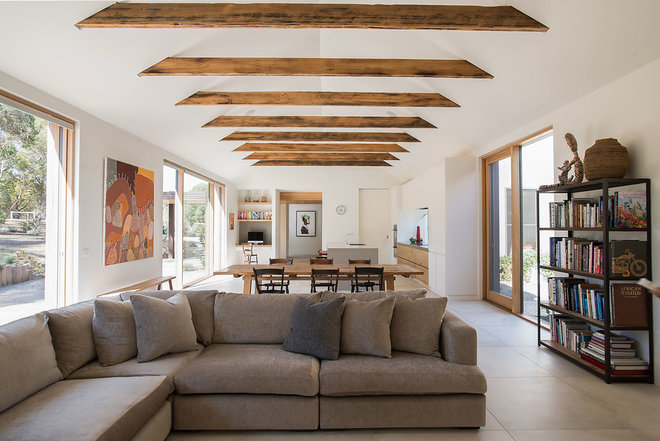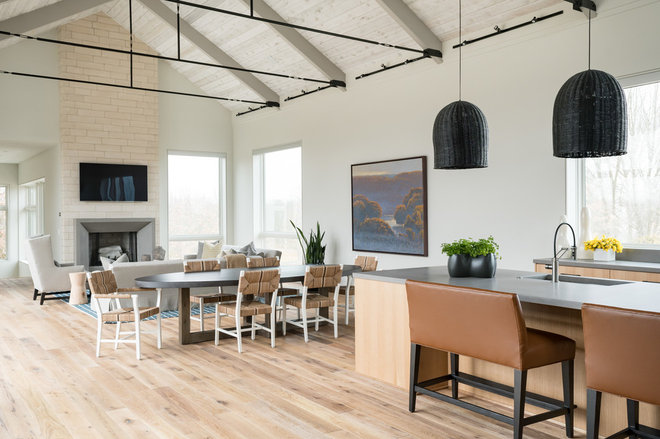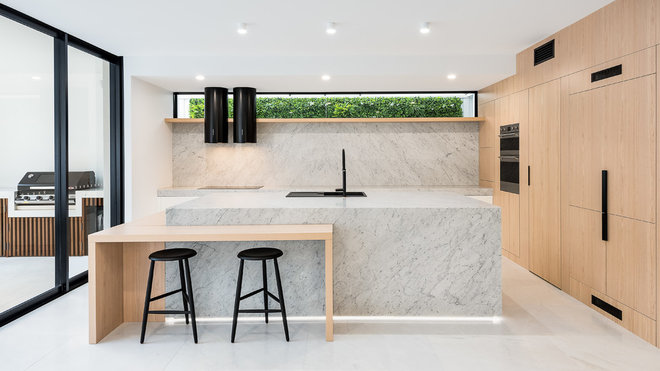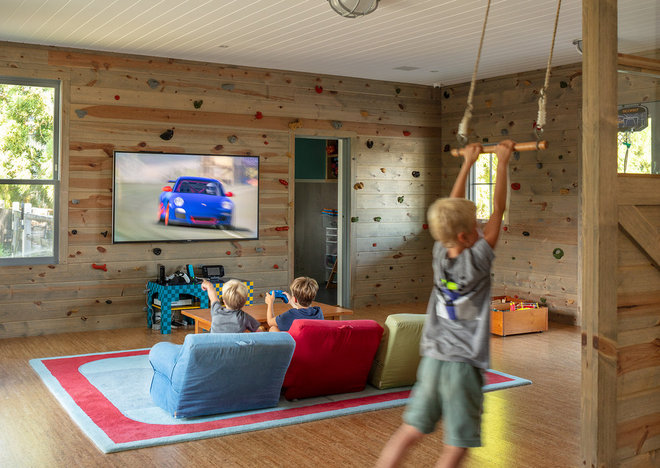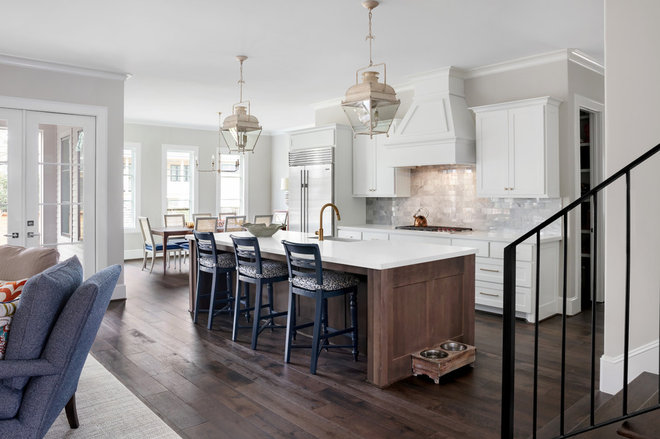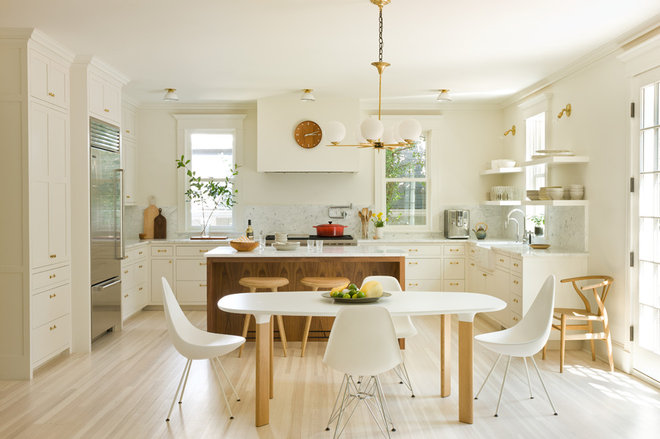Choose fire-resistant plants and materials and create defensible areas using these design strategies
In this article I’ve identified several landscape design strategies as well as some of the guidelines I’ve gathered from various professionals and fire-safe organizations in California. These methods will help keep your property and home safe without having to sacrifice having a beautiful and thriving landscape. For specific guidelines in your area, please refer to your state, county or local fire safety organizations.
Protect your home and property by incorporating fire safety guidelines and “buffer zones,” called defensible spaces, during the landscape design planning stages and beyond. These guidelines usually include the use and proper placement of fire-resistant plants and trees and other fire-resistant materials that you can incorporate into the landscape areas surrounding your home. Creating defensible spaces is also critical for safe access by firefighters.
Create and maintain defensible space. This infographic shows the recommended defensible space surrounding a home in California. Two zones make up the guidelines for the 100 feet of defensible space, according to the California Department of Forestry and Fire Protection (Cal Fire).
Zone 1: The home defense zone is within 30 feet of the house. Within this zone you want to remove all dead or dry vegetation, as well as any dead or dying plants, and keep tree branches at least 10 feet from your chimney and other trees. Relocate wood piles into Zone 2.
Zone 2: The reduced fuel zone is 30 to 100 feet from the home, or to the property line. Within this zone make sure you cut or mow annual grass down to a maximum height of 4 inches. Create horizontal spacing between shrubs that are two to six times the shrub’s height, depending on the ground’s slope. Space trees 10 to 30 feet apart, depending on the ground’s slope. Remove all tree branches less than 6 feet from the ground. If shrubs are growing underneath a tree, allow clearance space of at least three times the shrub’s height to the tree’s lowest branch.
These guidelines were created for some regions in California. Check with your local fire jurisdiction to determine the guidelines and laws in your area.
Nonflammable materials include gravel, concrete, stone, steel, decomposed granite and other fire-resistant materials.
Use these materials for walkways, patios, retaining walls, planter edging, driveways or planter bed mulch.
- Break up large planting areas with a combination of fire-resistant plants and noncombustible materials.
- Reduce the quantity and the size of plants to reduce the fuel for fire.
- Plant ground covers and shrubs in clumps or groups, rather than in a continuous pattern, to create breaks between them.
- Avoid plant overcrowding to minimize plant competition for available water and nutrients.
- Boulders, rocks, gravel or stone in pathways and as a ground cover for bare spaces help create an effective fire break.
- Deciduous trees are often more fire resistant than evergreen trees because they have a higher moisture content when in leaf.
- A property on a steep slope with larger vegetation requires greater spacing between trees and shrubs than a level property that has smaller and sparse plantings.
- Water features, ponds, streams or swimming pools.
- Driveways, walkways, patios and parking areas composed of nonflammable materials.
- A lawn positioned between your home and other plantings. Since drought-stricken areas present other concerns, there are many alternatives to the water-thirsty traditional lawn that are also very effective in slowing down a fire.
If you have your heart set on a new wood deck, look for wood that is treated with a fire retardant or other fire-resistant building material. Hardwoods from South America, such as ipe and cumaru, have high fire resistance (and many are sustainably farmed). A fully enclosed deck will offer added protection by eliminating a heat trap below it.
Another good tactic is to isolate the deck from fire by adding noncombustible materials, such as stone, concrete or gravel, along the front sides and below the deck to create a fire barrier.
5 Stone and Gravel Types for a Rockin’ Landscape
Choose fire-resistant plants. There are no fireproof plants, but plants that possess a high moisture content are more fire-resistant. Many native plants are considered to be among the most fire-resistant plant for fire-prone regions.
Typically, native trees and shrubs are adapted to their native regions, deep-rooted and proficient at acquiring water from the soil and retaining it in their leaves. There are also many non-native plants that posses fire-resistant qualities. Some characteristics of fire-resistant plants:
- They have moist and supple leaves.
- They have little dead wood and tend not to accumulate dry wood and leaves.
- Sap or resin properties are low.
Find a professional landscape architect or designer near you
She attributed the fire’s halt to the succulent Aloe arborescens, ironically called torch aloe, shown here. This aloe can reach 4 to 8 feet tall and wide and grows in USDA zones 9 to 11 (find your zone). Baldwin further explained that the fleshy leaves of succulents may cook in the fire, but they don’t burst into flames or spread the fire, thanks to their juicy water-holding attributes.
See more Houzz guides to growing succulents
Avoid highly flammable plants. Shrubs and trees that contain resins or oils in their stems, leaves or needles are highly flammable. Some of the offenders include juniper shrubs and eucalyptus, pine, spruce and fir trees.
Tasmanian blue gum eucalyptus (Eucalyptus globulus) is one of the most flammable trees and is capable of releasing a flammable gas that sends out fireballs during a fire.
Juniper shrubs (Juniperus spp.) also contain flammable, volatile oils and accumulate dry leaves and needles, and they burn fast in a fire.
Check with local fire-safe resources for the fire-prone plants and trees to avoid using in your region.
- Prune all trees so that the lowest limbs are 6 to 10 feet off the ground.
- Remove dead branches and debris in trees and shrubs and around all plantings.
- Remove dead and dying plants.
- Use a fire-resistant mulch material or gravel in planting beds to help retain the moisture in the soil.
- Keep your irrigation system well-maintained.
- Familiarize yourself with local fire-safe regulations and recommendations regarding vegetation clearances.
- In low- or no-summer rain regions, be sure to keep plants irrigated. For native trees and shrubs that are not on a scheduled irrigation cycle, deep irrigate at least once per month, or as needed.
- The roof is one of the most vulnerable structures of a home during a wildfire. Fire-retardant roofing materials are of prime importance for protection and fire prevention.
- Keep tree limbs at least 10 feet from rooftops, chimneys, power lines and other structures.
- Keep leaves and other debris off of roofs and eaves.
- Keep your home’s gutters free of leaves and needles, as they can easily ignite.
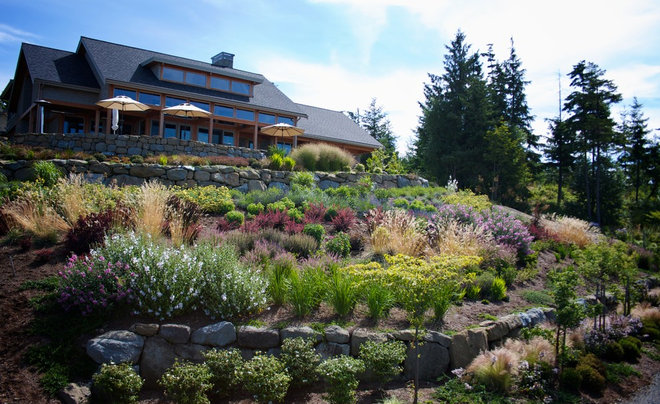
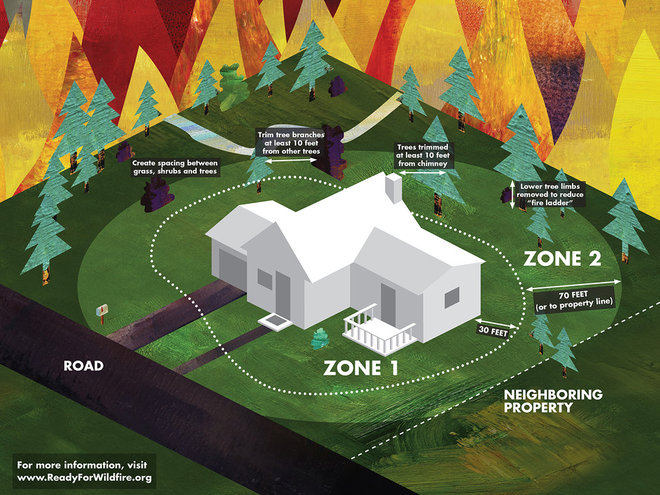


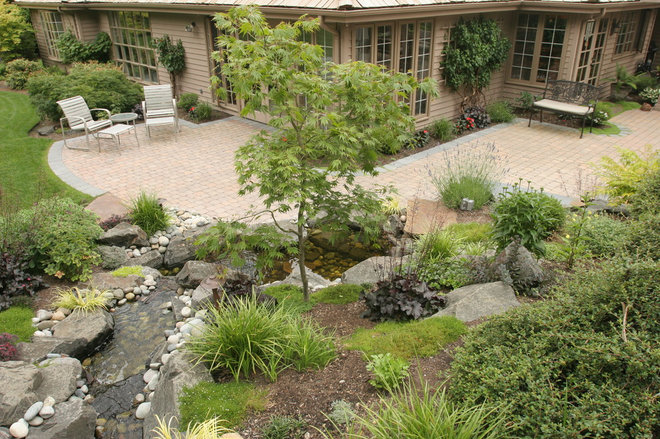
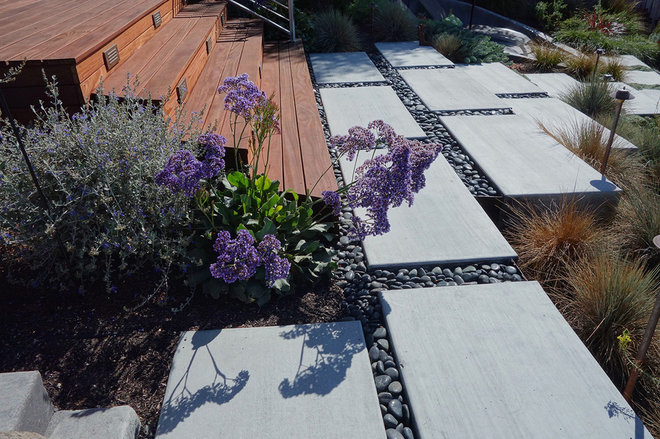
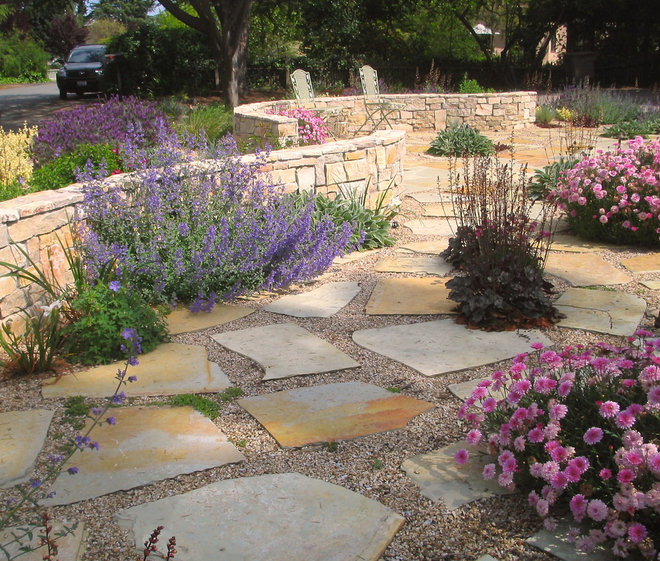
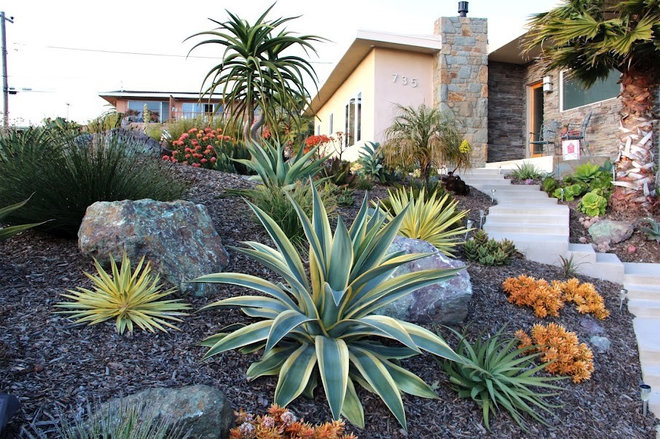
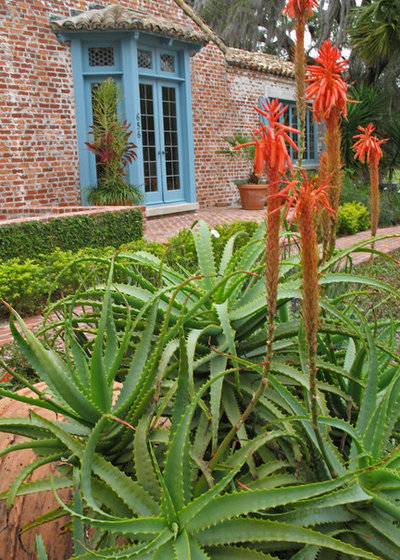
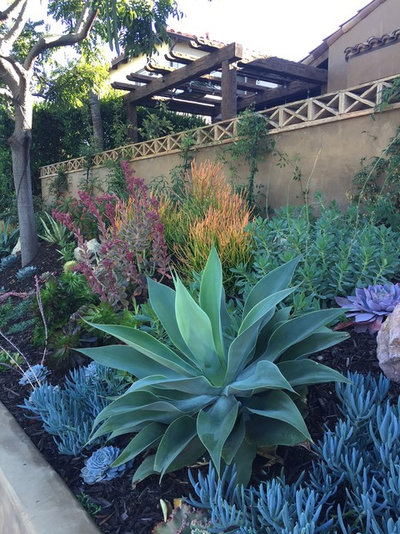
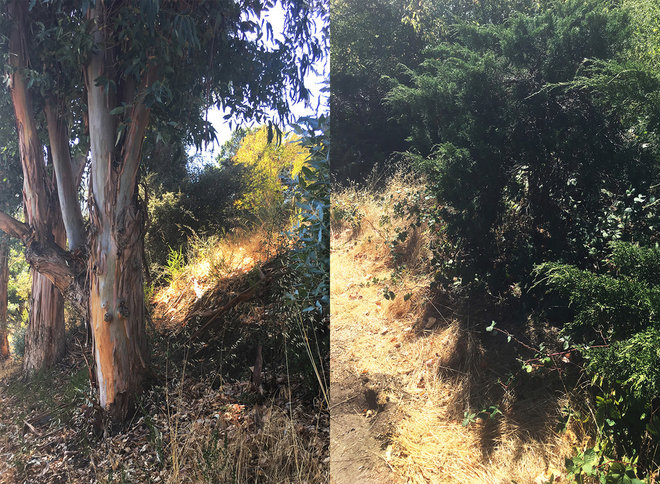
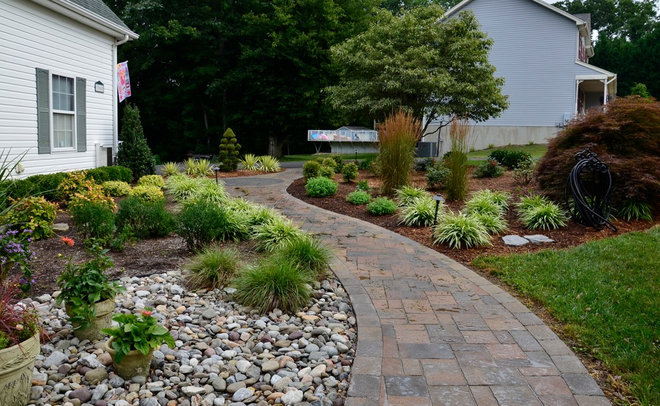
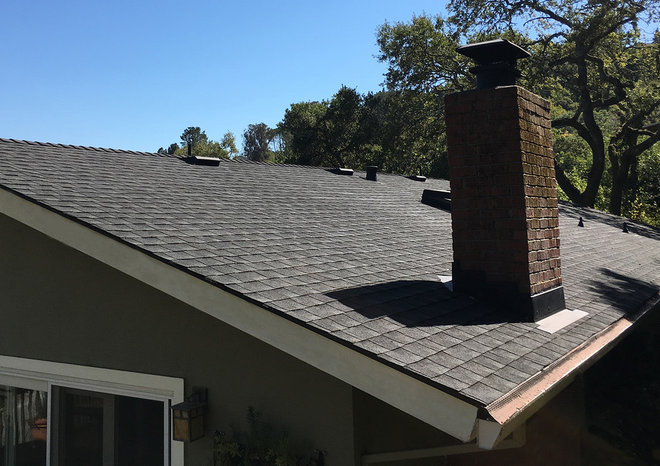
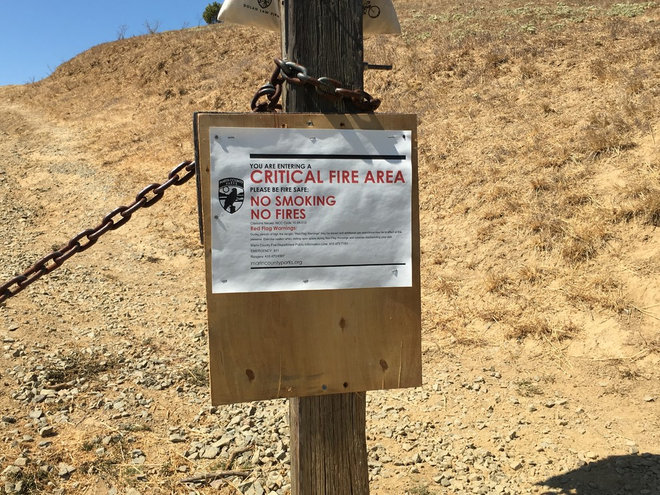


 Photo by
Photo by 

 Photo by
Photo by 

 Photo by
Photo by 


 Photo by
Photo by  Photo by
Photo by 